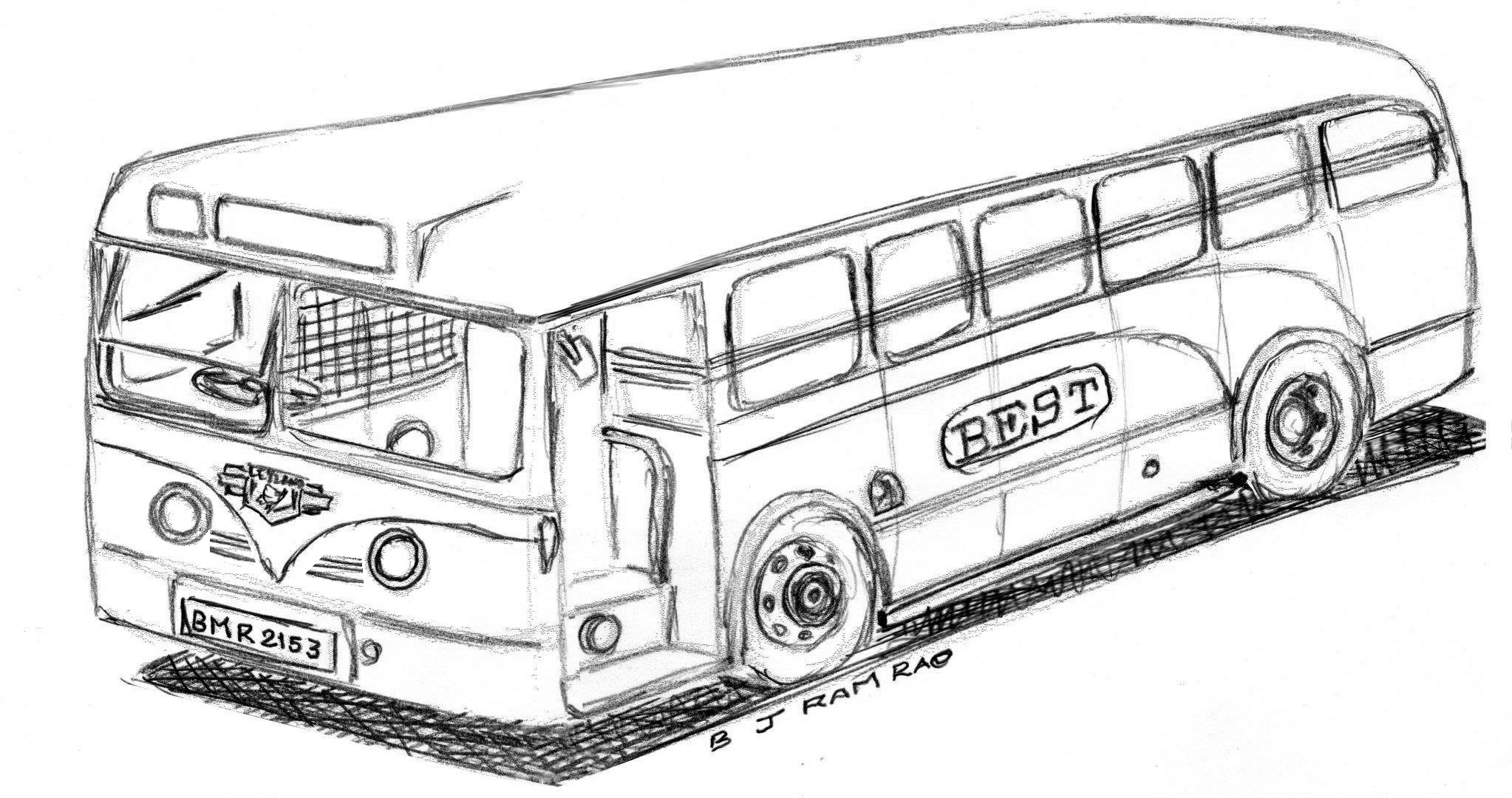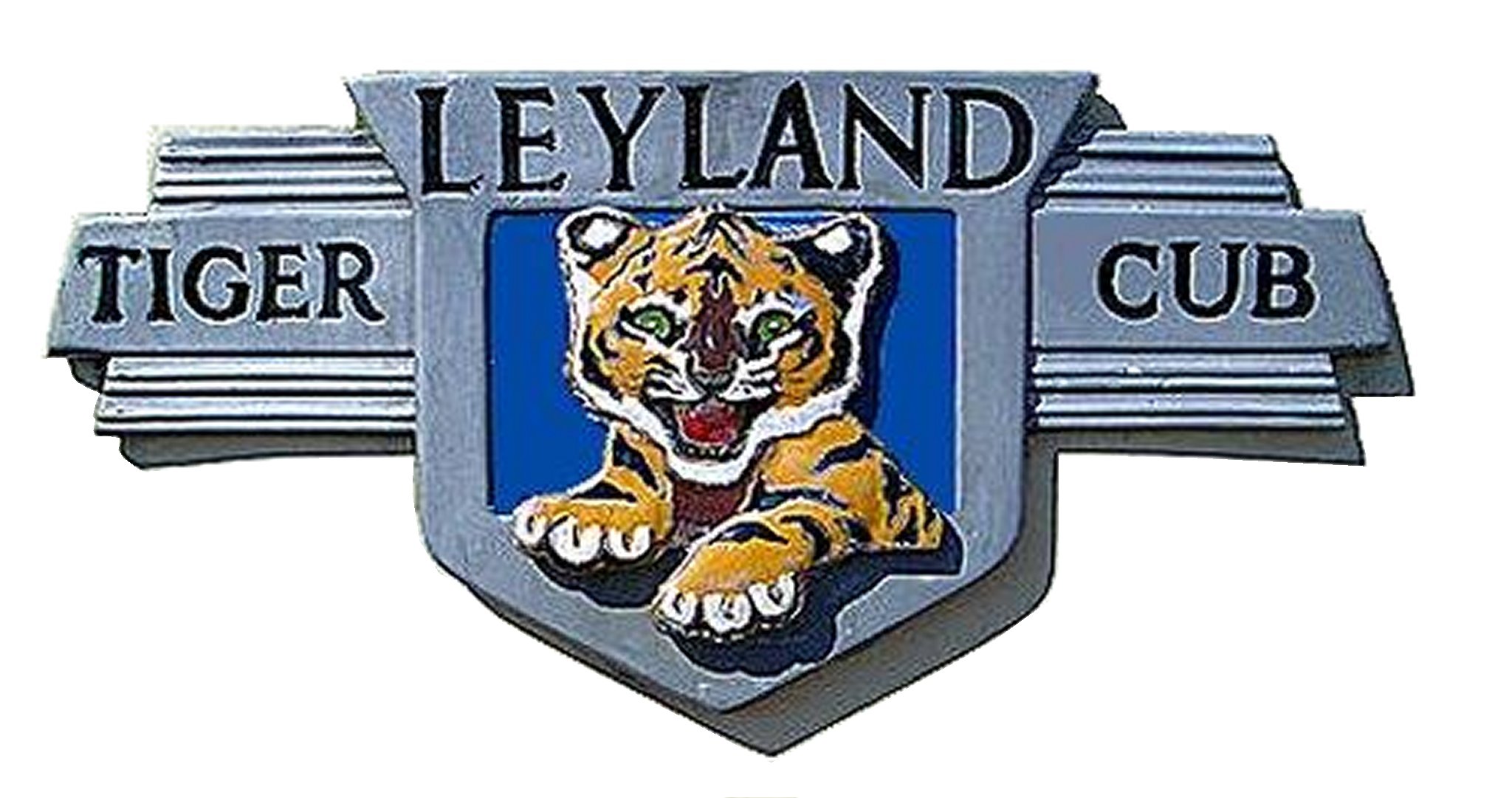
I remember going to primary school in the early 1960s in a BEST Leyland Tiger-Cub bus route no. N2. The route went Chembur Rly. Stn. to Sion via the Chunabhatti railway level crossing.
Of course, my ride was only two stops away. Departing from the Chembur railway station, opposite Cafe Udipi, the second stop was was at 14th Road, a little ahead of where the current terminus is; the third stop was my school’s stop, opp. Marian Mansion which doesn’t exist anymore.
Here are my childhood memories of this bus. Nearly five decades have scudded away but it just seems like yesterday.
As a small IIIrd standard boy back in 1965, I would stand behind the driver's cage, clinging to the pale-green crinkly wire-mesh with my tiny fingers and watch in awe-struck worship, how the driver manipulated the immense black four-spoke steering wheel and the pneumatic gearshift selector in its pedestal, while the diamond-plate aluminium floor buzzed under my shoes, resonating with the Leyland 6-cyl. engine below the floor.
The steering wheel was a flat, horizontal, massive shiny black four-spoker, a good two feet in diameter with a small chrome ring around the centre boss.
The bus had no power steering, so the steering-gear ratio was tall. The driver would seemingly effortlessly spin the steering-wheel while doing a 90 degree turn at Sion (near Good Counsel high school).
I guess, extremely low gearing gives a tremendous mechanical advantage and with a huge horizontal steering wheel, you don't need power steering. However, the tall gearing requires many turns of the steering wheel to steer the heavy front wheels. Simple and bullet-proof reliable.
The 1955 Leyland Tiger Cub had no radiator grille in the front face. That’s because the engine was under the floorboards in the center of the bus.

|
1955 Leyland Tiger Cub. |

|
Brass badge on front cowl. |
Braking was by diaphragm-type air braking.
The front axle was way behind the driver. That caused the entire front of the bus to yaw sideways when the driver took a turn.
I have vivid memories of the sights and sounds and smells of this bus, traveling in it daily for years, even to SIES college, when route N2 transformed into route 371.
The front wheels had stylish bright metal rings around the wheel nuts and there was a painted wooden strip below the edge of the skirting panel between the front and rear wheels. The fuel-filler cap was behind the front left wheel arch.